Best IDE for Web Development Project in 2025
An Integrated Development Environment (IDE) is a collection of the basic tools required for software writing and testing. If it wasn’t for an IDE a developer would have to manage all these tools separately. Moreover, they can edit text with ease using sublime text.
But using an IDE all these tools can be managed within a single service or framework. It helps a coder code quickly and precisely. But among numerous of these platforms which is the Best IDE for web development? This guide will help you learn the top 10 IDE for web development. So that you can know what IDE to use for web development? Let’s start with the basics.
What is an IDE?
As we learned earlier IDE is software that you can use on your computer to streamline the web development process. You must know about the main features of IDE to reduce confusion for what IDE for web development is the best.
- Compiler or Interpreter: A compiler is an integrated service that translates your code into computer-readable language. An interpreter executes a particular code without compiling it first.
- Text Editor: This is the area where a programmer writes its code. It also offers several other features such as structuring.
- Debugger: A program that checks and points out the mistakes in your code.
- Highlighter: This is a unique feature that uses color-coding to help you differentiate among numerous features such as properties, tags, attributes, and more.
- Graphical User Interface (GUI): This is the screen that a user has to deal with. It’s straightforward to accomplish as well as navigate tasks. It includes menus, buttons, and more
Features Needed for a Suitable IDE
Here’s a list of all the features that account for an ideal IDE.
Customization in Text Editors: Many IDEs offer the functionality to edit the GUI.
Unit Testing: This feature offers the convenience of adding mock objects to sections of your code. Using the same a developer can test that code without having to complete that section.
Code Completion: This is an intelligent feature where an IDE can complete the code for you. For instance, an IDE knows when to close a tag and so would suggest the same.
Code Search: There are thousands of lines of code in a program. Using this one can at anytime search for exact code using the advanced search filters.
Hierarchy Diagrams: In large projects, many scripts and files can be displayed in a hierarchy. Using this you can always have a hierarchy diagram that shows you the order in which these files are executed.

Top 10 Best IDE for Web Development
Our experience in offering top web development services guides us in offering the best choices for web development projects. Here are the top 10 IDEs for HTML CSS and JavaScript web development market in 2025.
- IntelliJ IDEA
- Visual Studio
- Atom by GitHub
- Eclipse
- WebStorm
- PyCharm
- NetBeans
- PHPStorm
- Komodo Edit
- Light Table
Let’s gain a brief understanding of the features and weigh the pros and cons of each of the development tools.
IntelliJ IDEA
IntelliJ IDEA was among the first IDEs for Java. It’s very efficient and allows developers to attain maximum productivity without cluttering the GUI. It offers the code completion feature while offering relevant suggestions by indexing your code.
The platforms also automate repetitive tasks that can be annoying to do again and again. It also offers the support needed for software or web development like Git, and SQL. IntelliJ IDEA is built on the IntelliJ platform along with JetBrains and Android Studio.
The platform is licensed under Apache 2.0 and is open-source. Therefore one can create non-commercial and royalty-free products.

Features
- Database tools
- Plug-in support
- Debugging support
- Unit testing tool integration
- UI for common command-line tools
Pros
- Quick development due to numerous tools
- Open-source
- Similar experience to JetBrains IDE.
- Cross-platform
- Customizable
Cons
- Needs subscription to use most use-cases
Visual Studio
Visual Studio is the biggest and most popular player in the IDE space. It has been developed by Microsoft, is open source, and uses AI to learn your coding patterns. After studying your coding style for a while, it can complete the lines of code used by you.
The platform is quite flexible and is compatible with almost all popular programming languages. To extend your app’s functionality, you can make use of the extensions available. It syncs perfectly well with Visual Studio Code Online. Developers can use Syntax highlighter to change color and size of source code in visual studio. Using this service, Microsoft allows you to run visual code on a server and does the heavy lifting for you. This platform is also best suitable for developing Progressive Web Apps.
You can also invite a fellow developer to work on the same project remotely using Microsoft’s service called Live Share. You can edit the same files at the same time while also seeing each other’s cursor.
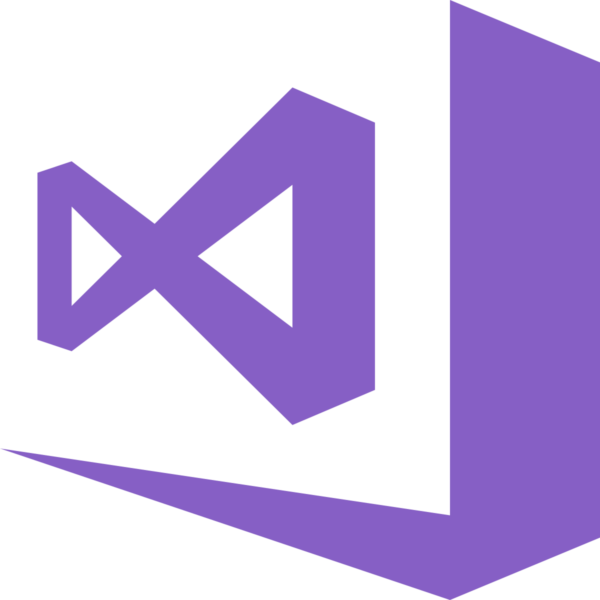
Features
- Compatible with most programming languages
- Customizable
- Extension marketplace
- Remote collaboration using the live share
- Built-in version control
Pros
- Flexible & extensible
- Cross-platform
- Open-source
- Highly popular
- Free
Cons
- Consumes a lot of memory as it’s developed on Chrome
- Needs other setups for certain projects and languages
Atom by GitHub
Atom by GitHub, which goes by the name Atom is one of the most trending IDEs based on the Electron framework and developed by the GitHub community. It’s a desktop application that is created using web technologies.
Atom supports NodeJS plugins, has a vast community, and is a well-known collaborative development platform. The platform is free, open-source, is available for macOS, Linux, & Windows, and caters to all developer needs with its huge repository.
Atom was released in 2015. It’s a cross-platform desktop app that can be fully customized using HTML, JS, and CSS. One can extend its functionality by installing new tools and themes with the built-in manager.
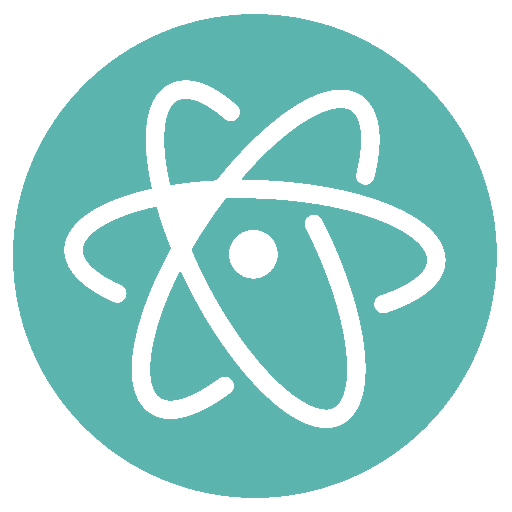
Features
- Multiple developer support
- Huge package library
- Suggestion and auto-complete feature
- Open-source and free
- Exquisite navigation UI
Pros
- Easy to use & flexible
- Various plugins and packages
- Scalable
- GitHub integrated
Cons
- Limited functionality
- Slow performance
Eclipse
This list wouldn’t be complete without mentioning Eclipse, a free web development IDE that can be used for web development and other software development. The platform supports Java Development Environment. It was originally designed for Java development but has extended its functionality for languages like PHP, Python, and C++.
Whether you’re a pro or a beginner starting with web development, this is the platform to go with. It offers an easy UI and all the necessary features for web design. Some of the prominent features include plugin environment toolkit, vibrant community, CVS/Git support, debugging tools, and various extensions. You can also try the Eclipse Marketplace Client to add various modeling and testing functionality. This makes the platform convenient and highly customizable.
Features
- In-built debugger
- In-built debugger
- Git integration
- Fast compiler
- Language support
Pros
- Multiple language support
- Free
- Open-source
- Huge community
Cons
- Compulsory plug-in installation to leverage most out of the platform
- Steep learning curve
- No advanced functionality
WebStorm
If you want to leverage the whole JavaScript ecosystem, you should surely choose WebStorm. This is one of the most popular IDEs that is used to develop enterprise-level web applications. It offers high-end features like quick error detection, robust navigation, intelligent code compilation, and refactoring of popular frameworks.
With its ease of use, rich built-in features, and great language support, WebStorm has become a preferred choice for developers. The platform is a creation of JetBrains and is available for macOS, Linux, and Windows. It also supports numerous back-end languages.
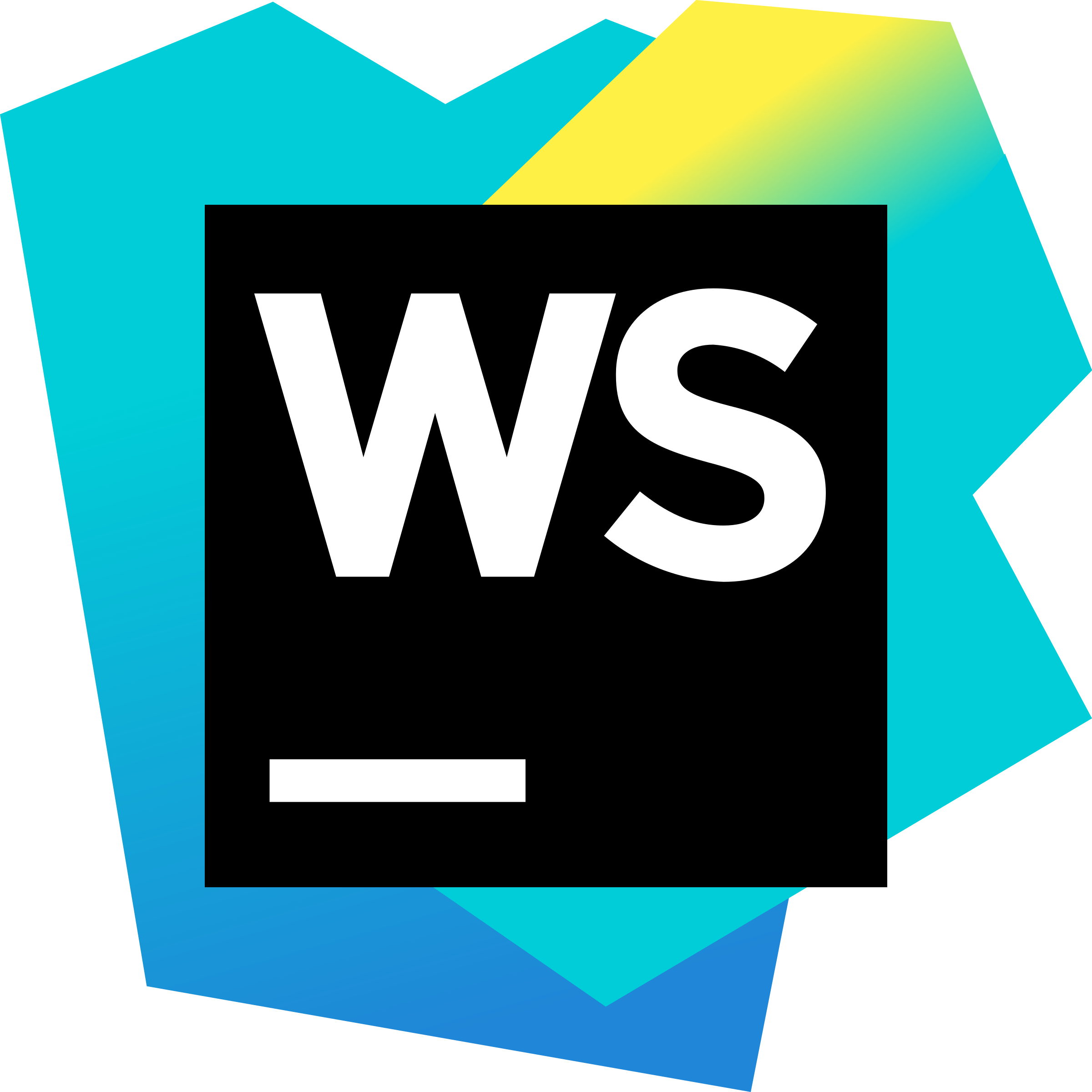
Features
- In-built testing and debugging support
- Code development for platforms like Vue and React using advanced code assistance feature
- Integration with Mercurial & Git
- Huge plug-in support with great templates
- Robust & customizable
- Syntax error detection
Pros
- Code refactoring
- Ample built-in tools
- Lightweight & easy to use
- Autocomplete feature
Cons
- Commercial software
- Consumes a lot of memory
PyCharm
PyCharm is also developed by JetBrains, an IDE specific to Python. It’s a cross-platform IDE, therefore can be downloaded for any of the Linux, Mac, or Windows versions. The platform has been coined as one of the best IDEs for Python. If you’re too fond of the Python programming language you should surely opt for the best Python framework that meets all your necessities.
To reduce the hassles of a developer the platform offers features like an integrated unit tester, graphical debugger, and code analysis. It’s not only commercial software but also offers a limited set of features with its community edition.
As a result of its highly customizable command-line interface and comprehensive coding assistance, it’s the most preferred tech for professional web development projects.
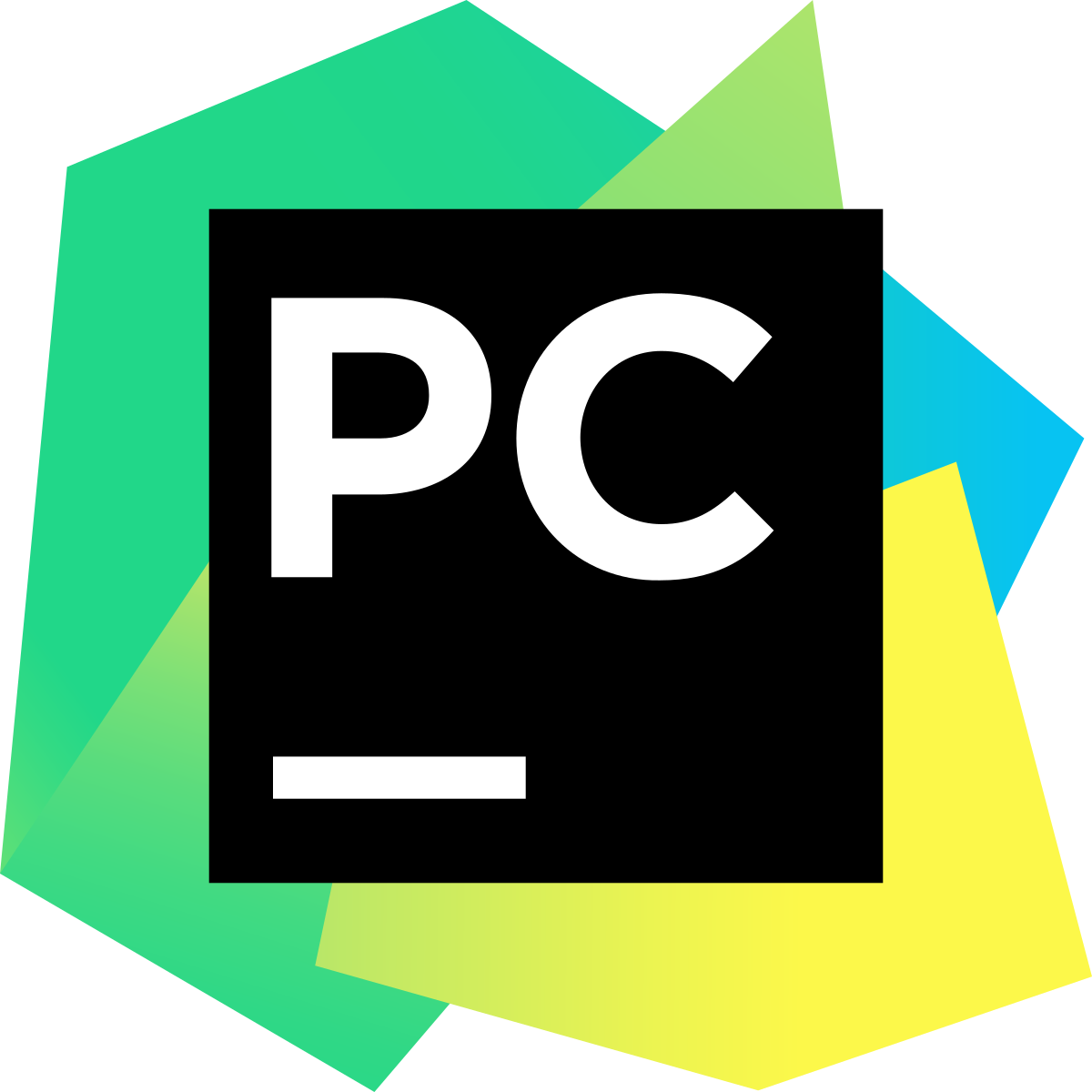
Features
- Automatic code refactoring
- Quick switch between files
- Supports web development with Flask, Web2Py, and Django
- Error highlighting, intelligent code compilation, and quick fixes
- Numerous plug-ins to extend features
Pros
- Cross-platform
- Smart web development IDE
- Customizable
Cons
- Limited features with the community edition
- Performance bugs
NetBeans
NetBeans has been in the market since 1997. It’s a fantastic platform to develop apps using C++, Java, and JavaScript. It offers a drag-and-drop feature, so whether you’re a pro or a beginner you can make the best of it.
The platform can be accessed in 28 languages which makes it one of the most popular IDEs among 28 countries. The platform works perfectly well with macOS, Linux, Solaris, and Windows.
It offers an integrated debugger and numerous templates making it one of the best IDE. Apart from this it supports many compilers such as GNU and Cygwin and is considered one of the best IDE for C++ development.

Features
- Source-code highlighting
- Huge plug-in support
- Code refactoring
- Multiple task support
- Easy navigation
Pros
- Supports custom plugins
- Cross-platform
- Free
- Powerful debugging
Cons
- Occasional performance issues
PHPStorm
One of the other options to consider for web development is PHPStorm. Don’t go by the name, the platform is focused on PHP but also supports other front-end techs such as Sass, Less, JavaScript, HTML 5, CSS, and more. In addition to this, one can seek support to create websites for WordPress, Joomla, Drupal, Laravel, and more. While talking about PHP frameworks we can’t ignore the fact that Laravel is one of the best PHP frameworks available in the market today.
If we talk about features it offers testing and debugging tools, code autocomplete, easy navigation, and safe & quick refactoring. You can design your app using various themes and extensions.
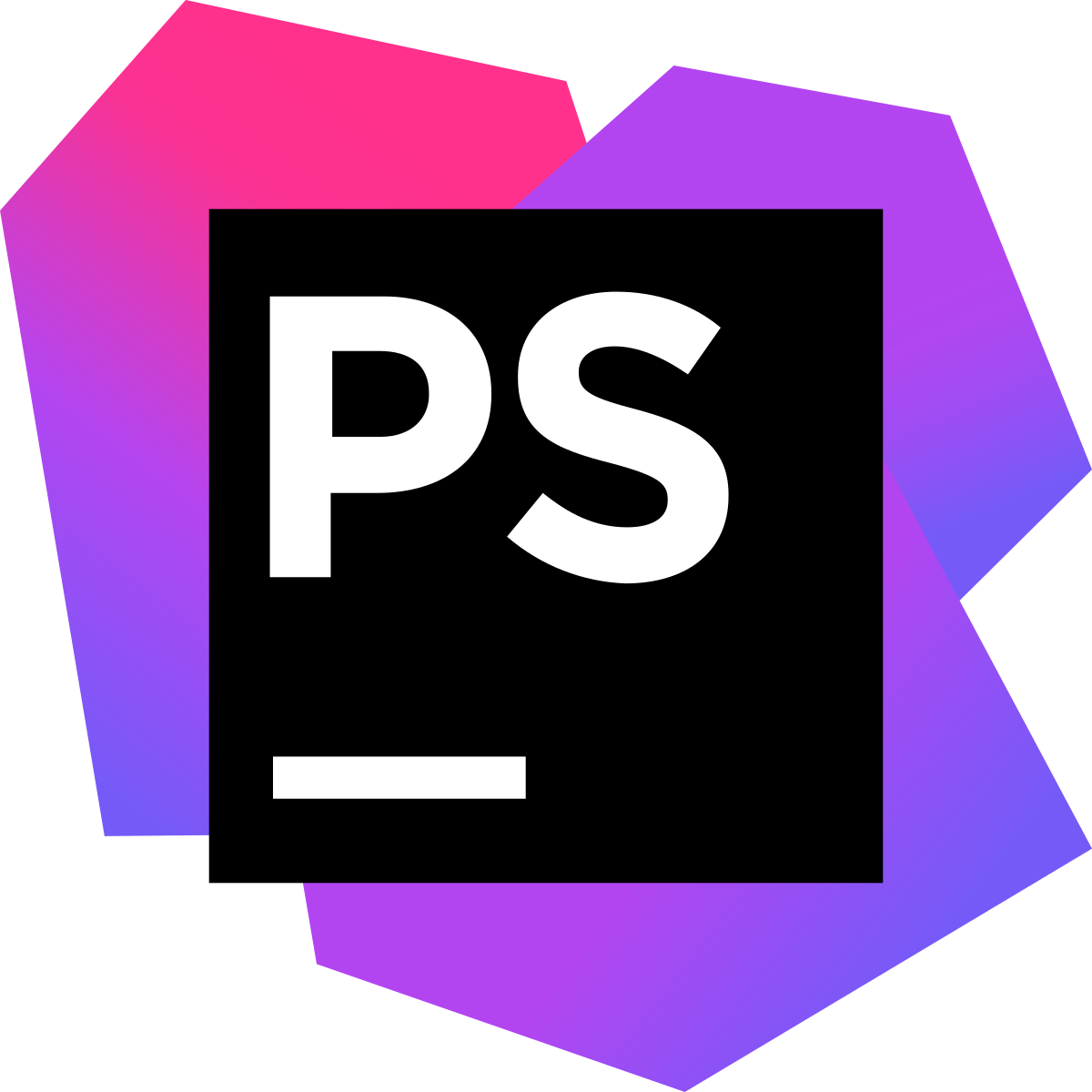
Features
- MySQL support
- In-built debugger
- Engaging UI
- Unit testing for PHP and PHP-based frameworks
- In-built command-line interface
Pros
- Easy customization
- Smart code navigation
- Framework support
- Highly functional IDE
Cons
- Commercially sold-software
Komodo Edit
Komodo charges for its use and Komodo Edit is a free alternative to the same. The platform is a powerful programming kit with wide web programming language support. The open-source text editor made it to the market in 2007 as a substitute for its commercial product.
While the platform is majorly used for JavaScript projects, it supports many other languages. Some of the stand-out features include multi-language editor, place & project manager, minimap, code auto-complete, and more.
The community edition of Komodo IDE is free, but one has to pay to use more features. Extra features offer you more control and flexibility with the development process.

Features
- Integration with other techs like Docker\
- Multi-user development
- Single-step debugging
- Popular technology add-on support
- Unicode support
Pros
- Customizable UI
- Unit testing
- Support for Mercurial, Git, CVS, Perforce, and more
Cons
- Pay to use maximum functionality
- Expensive
Light Table
If you’re looking for a reactive work surface to develop and explore the app world, Light Table is the perfect fit for you. The makers of Light Table believe that developers require a real work surface that they can code on rather than using an editor.
Light Table allows you to keep clutter to a minimum, bring information where it’s most needed, move things around, and more. It’s a standalone app that functions just like a conventional editor using which you can try different code variants and observe instant results. Your app can also benefit from strong editing functionality, inline evaluation, and a plugin manager that permits you to try different extensions.

Features
- Customize your editor as per project needs
- Include graphs, running visualizations, & embed games.
- Easy debugging
- Autocomplete
- Println watches
Pros
- Language documentation pane
- Lightweight
- Instant results
Cons
- No integration with Git or other platforms
- No word search tool.
Wrapping Up
This brings us to the end of this read. Above we learned about the top 10 web-based IDE. There is an exponential increase in businesses investing in web applications globally. The sole aim behind the same is to open doors for online business. Make the best of both the online and offline world. Technource being a web development company has cultivated our expertise in several web development frameworks.
Request Free Consultation
Amplify your business and take advantage of our expertise & experience to shape the future of your business.






